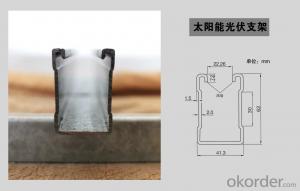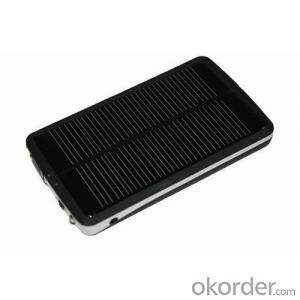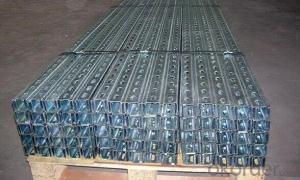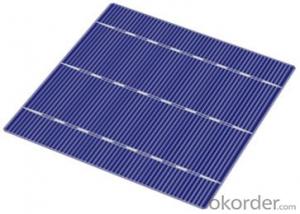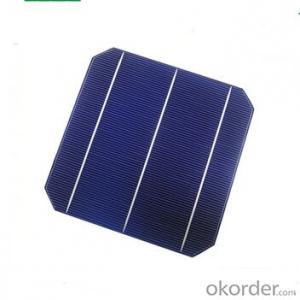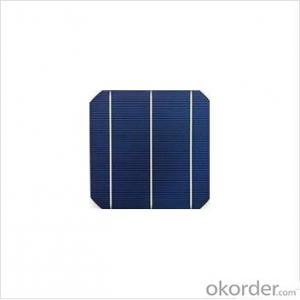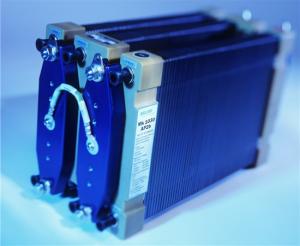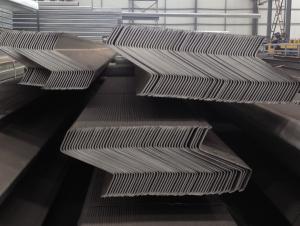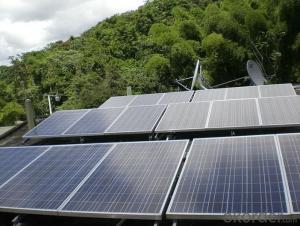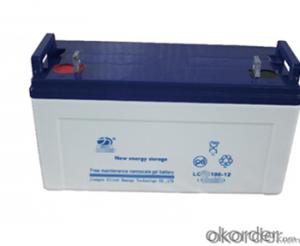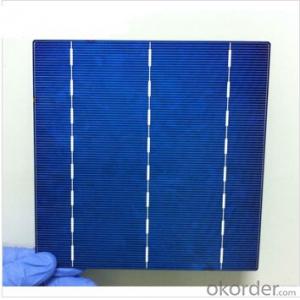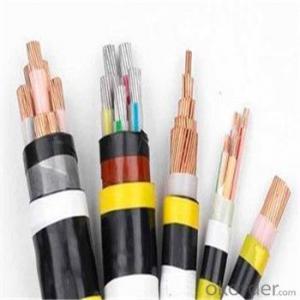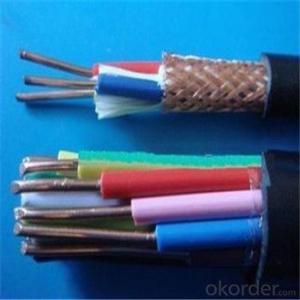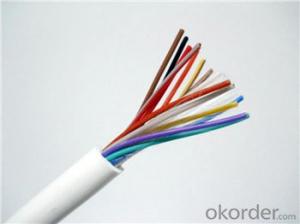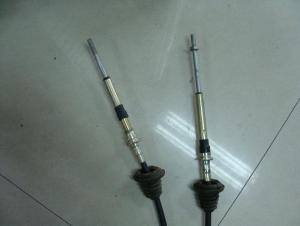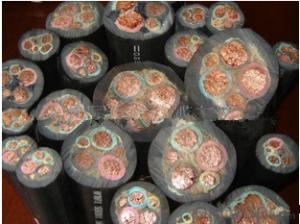Cracked Solar Cells
Cracked Solar Cells Related Searches
Broken Solar Cells Blemished Solar Cells Chipped Solar Cells Full Tabbed Solar Cells Broken Buy Broken Solar Cells Broken Solar Cells For Sale Broken Solar Inverter Raw Solar Cells Pretabbed Solar Cells Folding Solar Cells Loose Solar Cells Crystalline Solar Cells Printed Solar Cells Problems With Solar Cells Foldable Solar Cells Photovoltaic Solar Cells Free Solar Cells Floating Solar Cells Screen Printed Solar Cells Black Solar Cells Bare Solar Cells Compact Solar Cells Commercial Solar Cells Bulk Solar Cells Light Trapping In Solar Cells Printable Solar Cells Hot Solar Cells Electric Solar Cells Organic Solar Cells Amorphous Solar CellsCracked Solar Cells Supplier & Manufacturer from China
Cracked Solar Cells are a type of photovoltaic product that have experienced damage, resulting in cracks on the cell surface. These cells, although not as efficient as their undamaged counterparts, can still be utilized in various applications where high efficiency is not a critical factor. They are commonly used in off-grid power systems, small-scale energy generation projects, and as a cost-effective solution for certain industrial applications.Cracked Solar Cells find their application in scenarios where the cost of solar energy generation is a significant concern, and a slight compromise in efficiency is acceptable. They are particularly useful in remote areas where access to electricity is limited, or in situations where the primary goal is to reduce energy costs rather than achieve maximum power output. By using these cells, users can take advantage of their lower price point while still harnessing the power of the sun to generate electricity.
Okorder.com is a reputable wholesale supplier of Cracked Solar Cells, boasting a large inventory to meet the demands of various projects and applications. As a supplier, Okorder.com ensures that customers have access to a wide range of options, allowing them to choose the most suitable cells for their specific needs. By offering Cracked Solar Cells at competitive prices, Okorder.com enables customers to save on costs while still benefiting from the advantages of solar energy.
Hot Products





